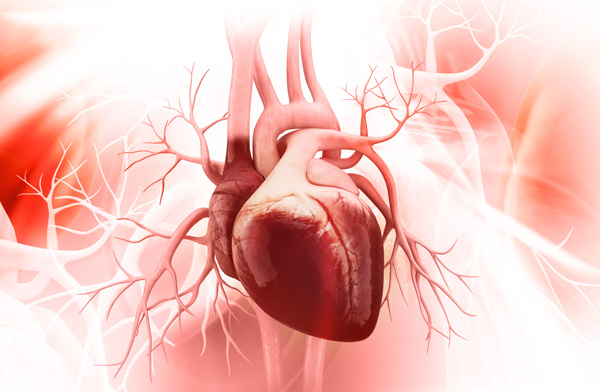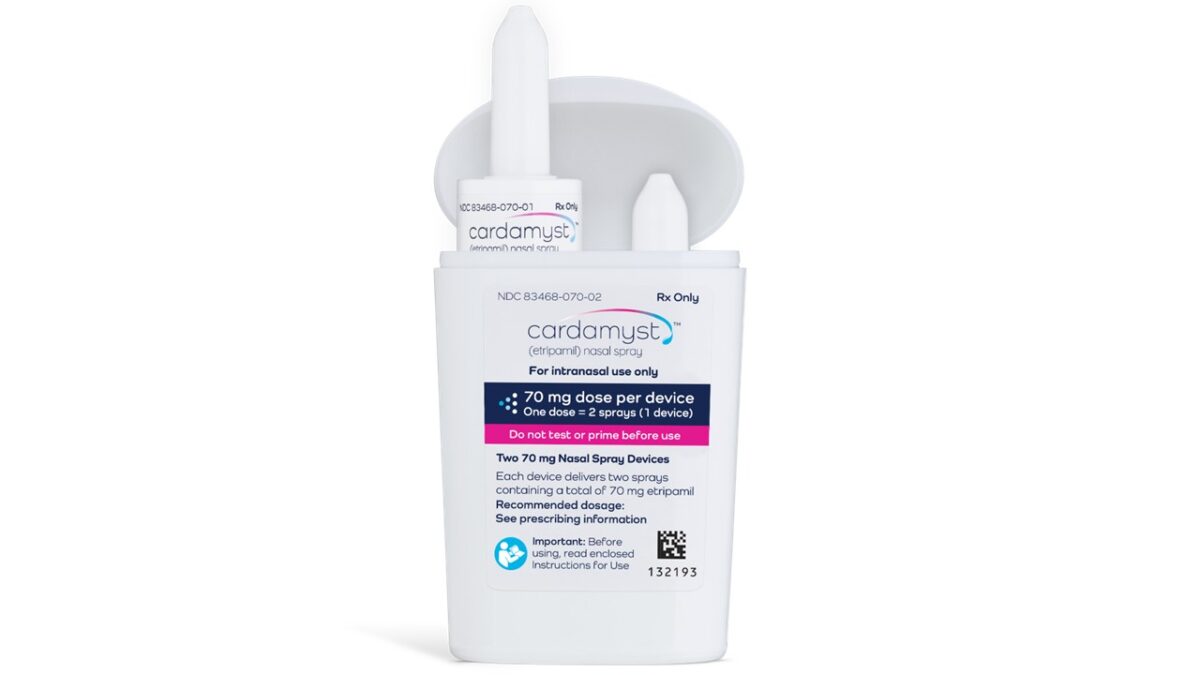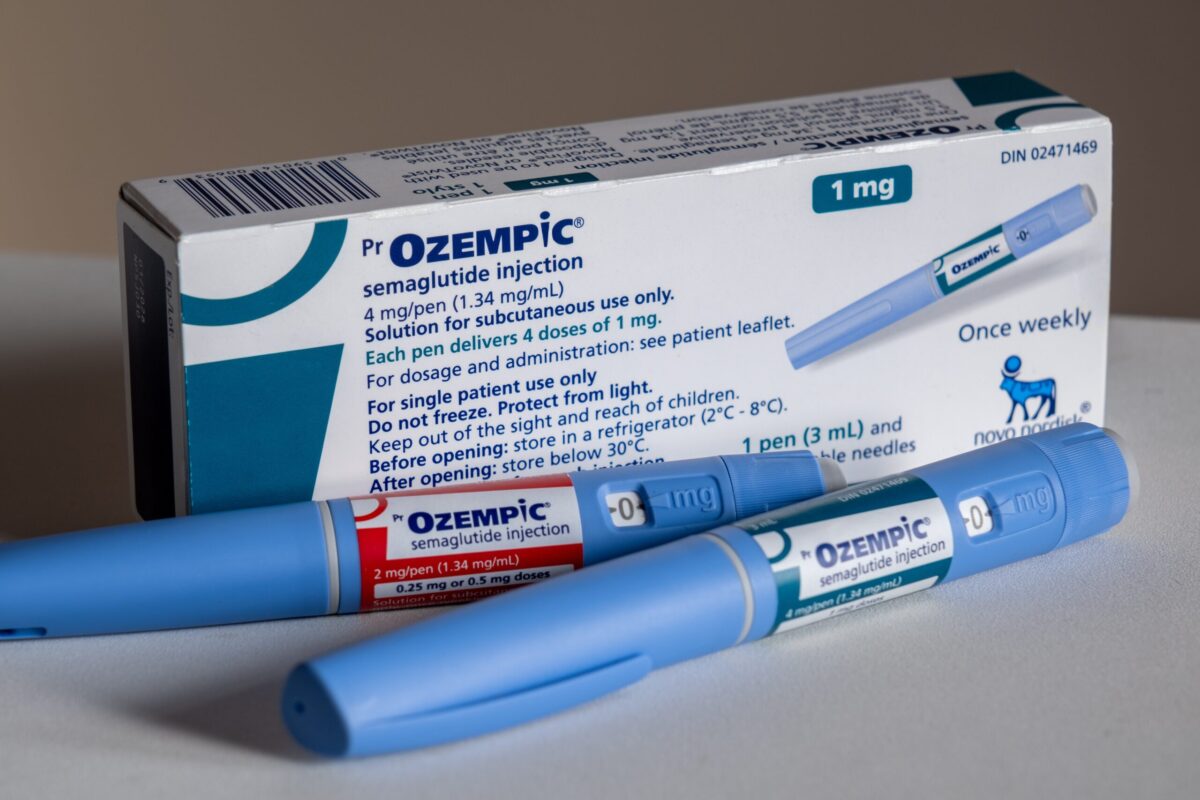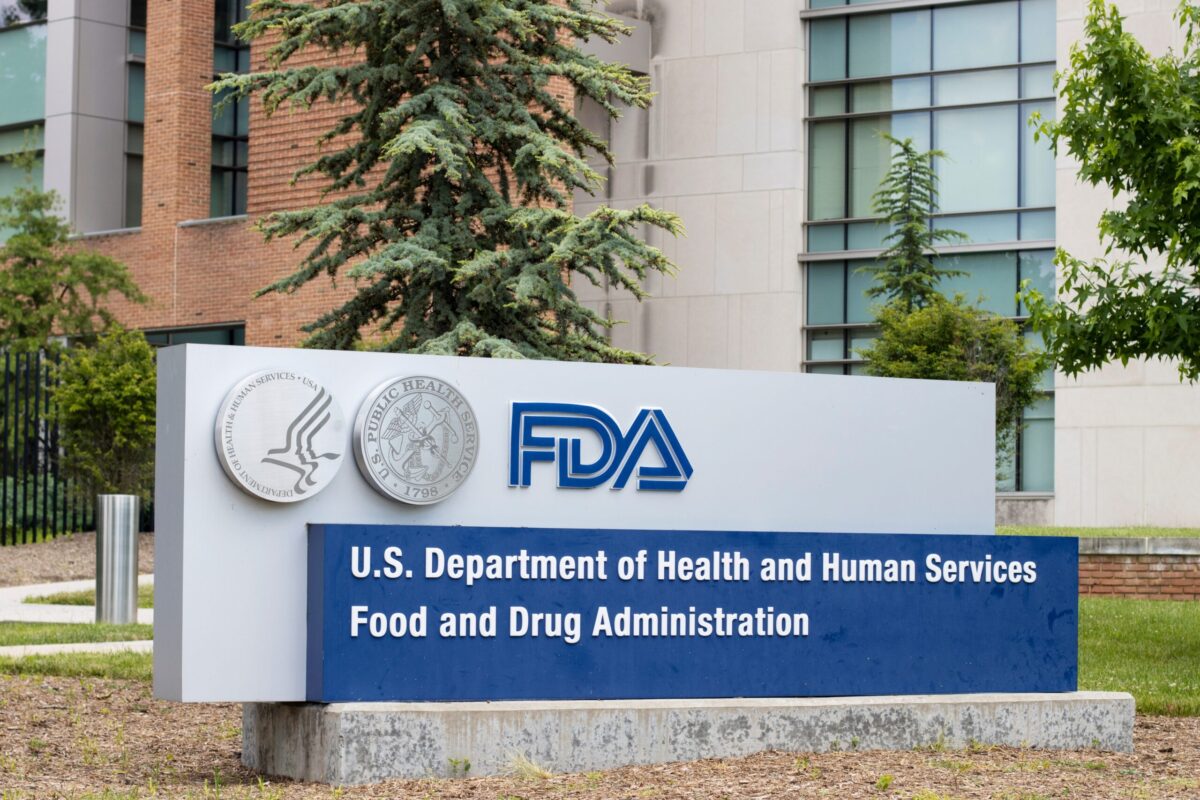French software company, Dassault Systèmes thinks that the future of medicine lies in the design of computer-based, personalized whole organ models – termed “digital twins” – which would allow physicians to make in silico predictions of how the real organ might behave in any given situation. Dassault has been in the business of constructing digital twins for 35 years, but their technology has so far only been used in the construction and automotive industries to study, for example, how buildings stand up to the elements, and how cars are damaged during collisions.
The company’s foray into the healthcare industry has started with a model of the heart, which Dassault refers to as “The Living Heart.” As the company continues to model more and more organs, the pieces could be put together to generate a working model of the entire body.
According to Steve Levine, the chief strategy officer for Dassault’s Simulia division, electronic medical records from each individual could eventually be used to construct personalized digital twins to help doctors make treatment decisions based on the person’s physiology. “Over time, [my medical] record could be a digital twin of me.”
If Dassault’s dream is to become a reality, it will require a coordinated effort to standardize and share patient data across hospitals and doctor’s offices, software developers and even government agencies. “Any 3-D model is only as good as the data itself,” said Alexandra Golby, the director of image-guided neurosurgery at Brigham and Women’s Hospital.
The Living Heart was commercially released in May of 2015, and is the first of its kind to take all aspects of the functionality of the organ – including blood flow, mechanics and electrical impulses – into account. The software requires input of a 2-D scan, which is translated into a 3-D model of the organ.
Users can manipulate the digital heart by running hypothetical scenarios – including adding a pacemaker, or reversing its chambers – to predict what patient outcomes might be, before ever making an incision. While the results of these manipulations have so far being consistent with how a real heart behaves, Dassault has partnered with the US Food and Drug Administration (FDA) to explore the implications of using the model in a real-life situation.
While the technology faces a host of challenges before it can become mainstream, perhaps the most difficult task will be getting physicians and other healthcare providers to buy into the idea. “Most doctors are receptive, but without training, they will not go for it,” said Victor Chang of Leeds Beckett University. “E-learning for staff training is very important to ensure doctors are well-equipped.”












Join or login to leave a comment
JOIN LOGIN